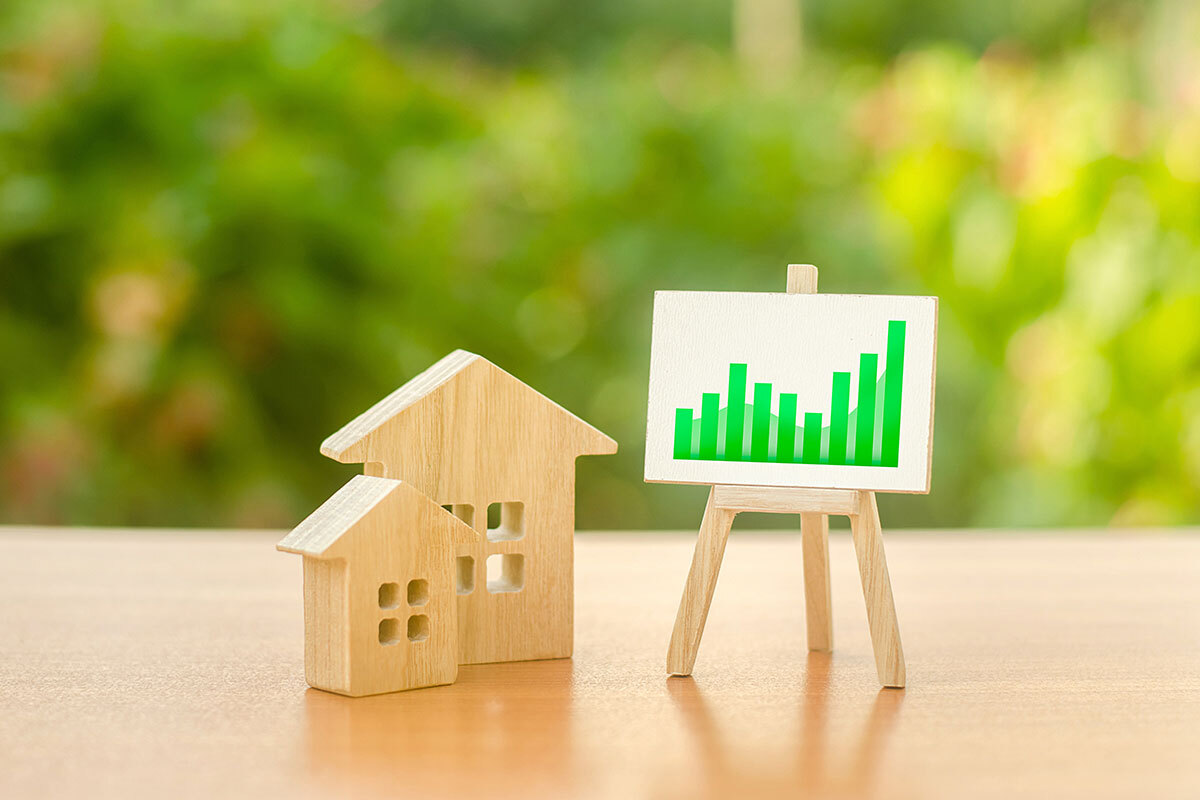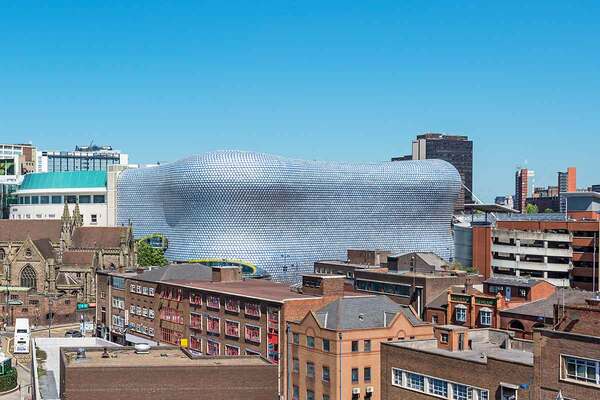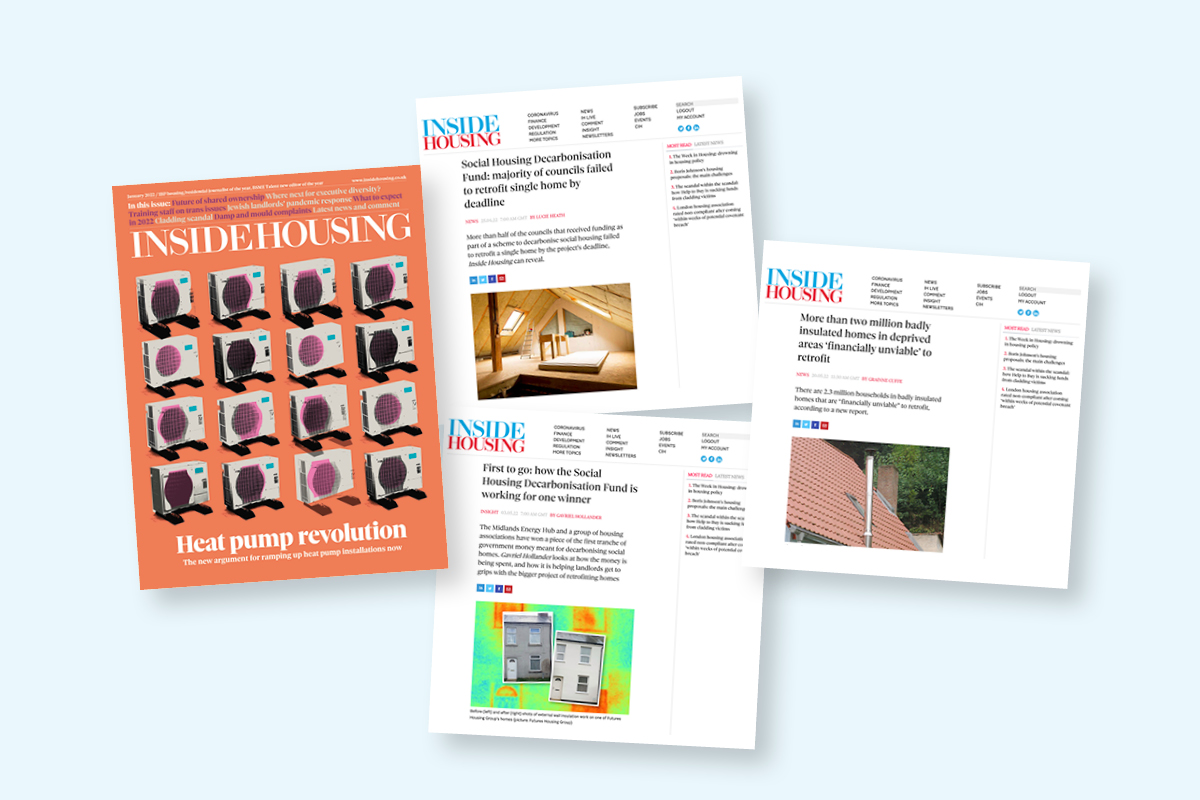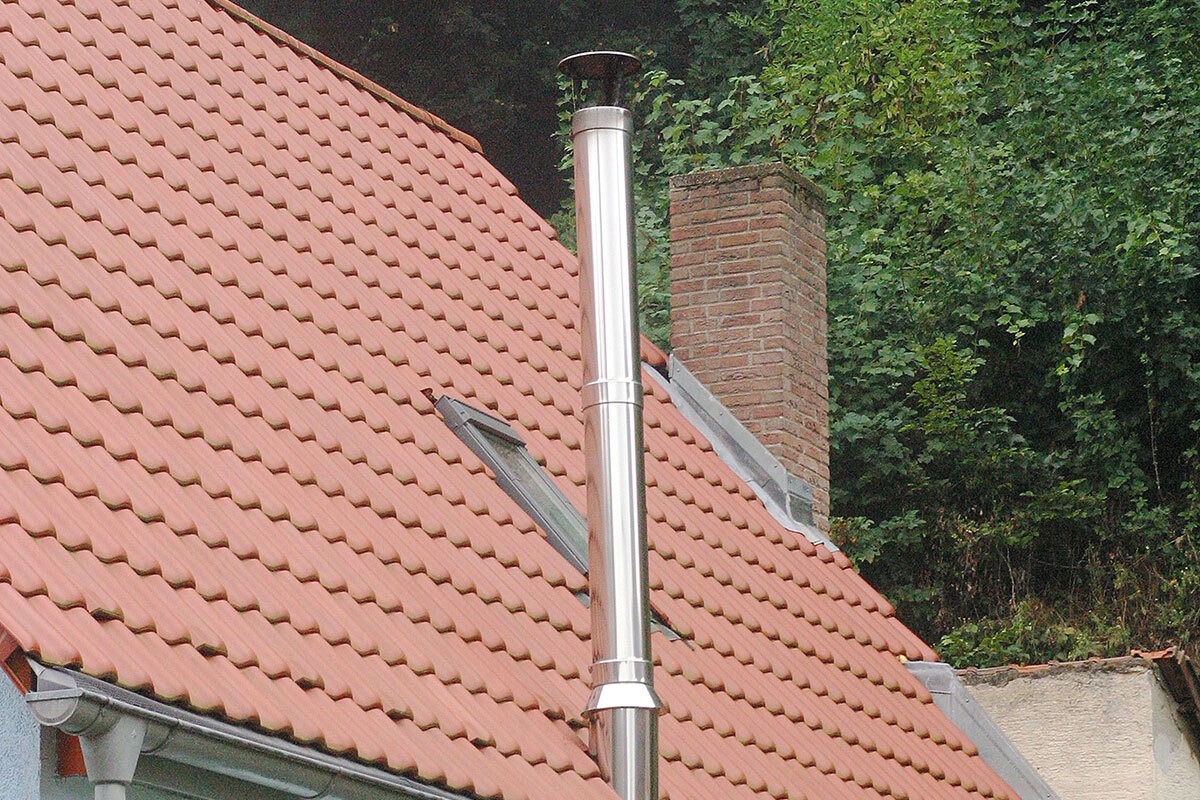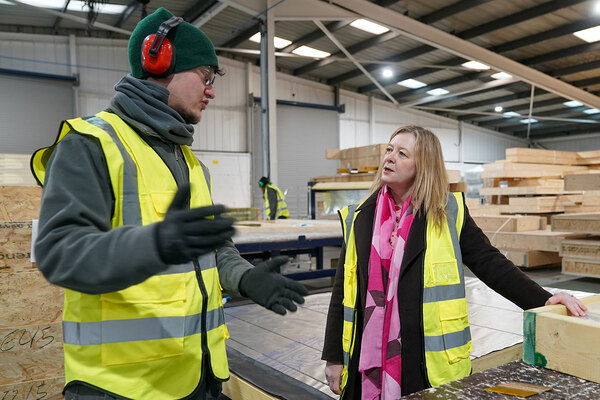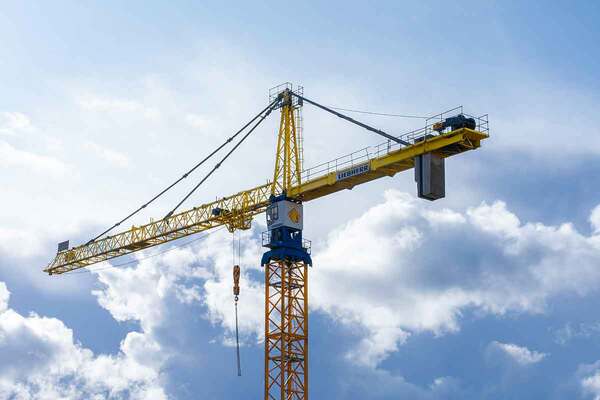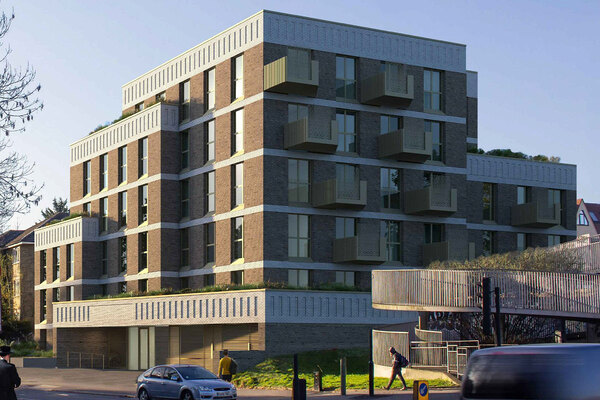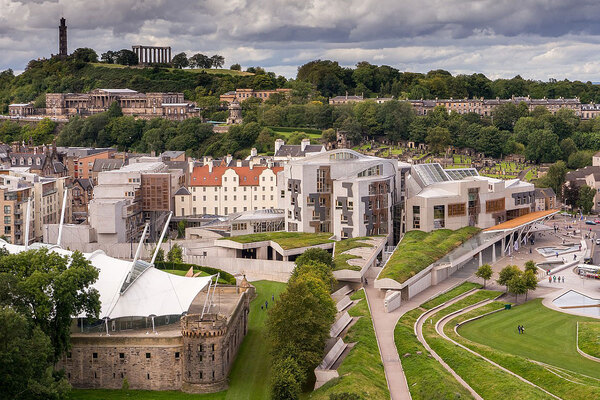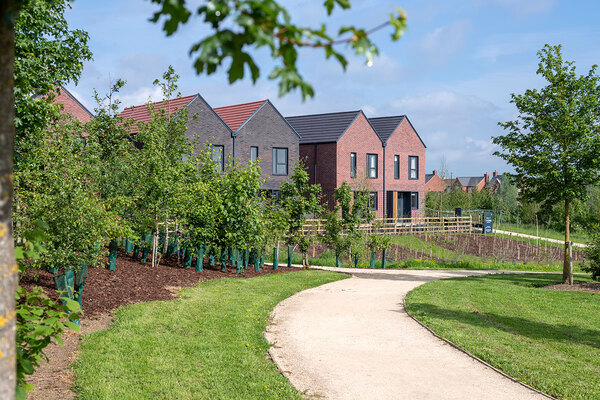
Neil Gosling is head of residential development at Shakespeare Martineau
Buyers want green homes. But the market and government need to catch up
There is a demand for green homes, but we do not yet have the right legislative environment or financial incentives for consumers and developers. This must change, writes Neil Gosling
More than three-quarters (77%) of people in the housing market have said they are likely to consider a green home as their next property – mostly citing environmental concerns as the key driver.
However, it is unrealistic to suggest that working or middle-class consumers are going to be able to afford to retrofit their properties or fork out thousands more for a high-spec green home, especially when you consider that house prices in England have risen by 60% this past decade.
Those being targeted with greener new builds are often financially sensitive first-time buyers or second-steppers who tend not to be looking for a forever home – meaning they are unlikely to live in the property long enough to see a return on investment, which could take decades.
Government grants are not going far enough. The £5,000 from the Heat and Buildings Strategy will barely make a dent when it is anticipated the average home will need to spend between £12,000 and £17,000 in alterations simply to accommodate a heat pump.
During the Housing 2022 conference in June, we hosted a roundtable where 18 experts from across the sector – including residential development, social housing, finance, law and modern methods of construction – joined forces to discuss how we can make green homes for everyone, including what needs to change to support the industry.
Our research showed that 70% of people looking to get on or move up the housing ladder are willing to pay more for better energy efficiency.
However, the majority of first and second-time buyers need mortgages in order to purchase a property, and if banks are unwilling to lend more on an affordability basis, they will not have the extra money required to pay for a high-performing green home.
There is also a problem of supply. Despite there being clear consumer buy-in, developers are not building more properties that go above and beyond existing standards.
At our roundtable, house builders cited that there needs to be a level playing field on land acquisition to start with, which comes down to competitiveness.
“Until housing need has been satisfied, green homes feel like a luxury”
However, if all within the industry are not constructing to the same building regulations, this will never be achieved.
At the moment, some house builders are also struggling with banks and the value they place on the enhanced performance of a home and the benefit this gives to the customer.
A reoccurring theme at our roundtable was issues surrounding the planning process. One architect said a property’s energy efficiency does not tend to be considered until a home has been designed and signed off.
He believes building regulations should be brought forward in the process to ensure green credentials are being taken into consideration during the design phase.
As with other areas of the housing market, there is also the problem of skills. Retrofitting will play a huge role in the development of more green homes and bringing existing stock up to scratch – especially considering that 80% of buildings expected to be present in 2050 have already been built.
However, one house builder highlighted the lack of labouring skills and those on the ground who understand the retrofitting process to turn older housing stock into greener properties.
There are only a few subcontractors who have gone through the process, which is causing delays on site, so there needs to be increased investment of technical expertise.
Housing associations also have to think about the cost impact on residents and the urgent need for new social housing.
“There is no point in providing our social housing residents with lower energy bills if, in turn, we have to raise rent prices,” was a comment from one of the panel attendees.
Until housing need has been satisfied, green homes feel like a luxury. For example, upgrading a house to have an energy performance certificate (EPC) rating of A might mean someone has to spend another few months in temporary accommodation, which goes against what housing associations are trying to achieve.
“If you think back to the beginning of the coronavirus pandemic, we adapted because we were forced to in a very quick manner… But when it comes to the climate emergency, we are holding back and setting targets that may be too late”
Consumer behaviour is another issue to be overcome. This is shifting and is only going to be further accelerated by the winter of discontent we are set to face due to the cost of living increasing.
However, clear messaging is required in order to take this further.
If you think back to the beginning of the coronavirus pandemic, we adapted because we were forced to in a very quick manner – showing how, as a race, we are very resilient. But, for some reason, when it comes to the climate emergency, we are holding back and setting targets that may be too late.
Overall, adoption of green homes at scale is a complex jigsaw that will require canvassing of the government, legislative changes, and greater financial incentives for both consumers and those delivering the product.
More must be done to encourage larger players in the industry to get behind the cause and maximise efficiencies in the future. There is also need for a significant educational and engagement piece with the public and wider supply chain.
For the short term, the focus should be on fabrication of housing to secure green homes status, but the potential for positive change on a much larger scale is huge – should the pieces fall in to place.
Neil Gosling, head of residential development, Shakespeare Martineau
Sign up for our asset management newsletter
Already have an account? Click here to manage your newsletters
